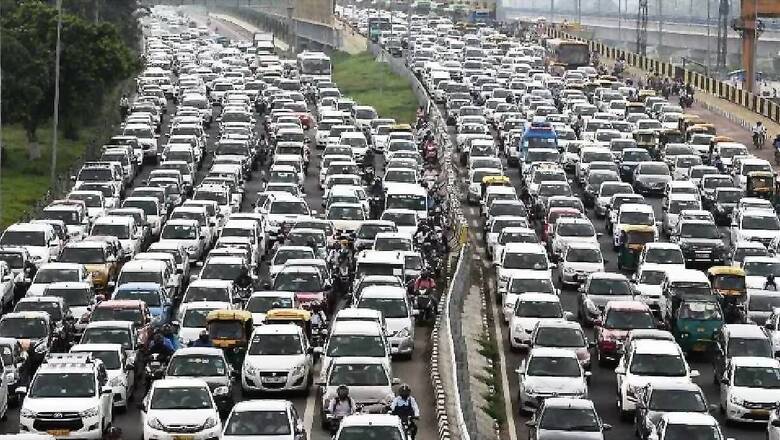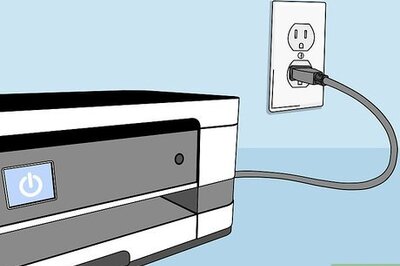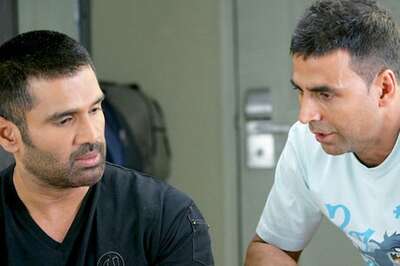
views
Every night, traffic congestion occurs on the Delhi-Meerut expressway, which is the largest controlled-access expressway in India, spanning 96 kilometres.
According to the Times of India report, this inconvenience happens between 9 p.m. and 11 p.m. when travellers heading towards Delhi find themselves on restricted or closed roads because of a queue of vehicles at the toll plaza located on the UP Gate (Ghazipur) border.
The traffic flow is greatly impeded by these vehicles, particularly trucks, which are parked across the flyover that extends up to the Khoda underpass as well as much beyond.
With three lanes on the expressway and four lanes on NH-9 next to it, trucks take up no less than half of the lane width, which leads to traffic jams.
This truck backlog eventually thins down by midnight, but it becomes worse at daybreak when a new one starts.
Delhi’s limitations on the admission of commercial goods vehicles are the cause of this nightly misery.
It is forbidden for these vehicles to enter Delhi between the hours of 5 p.m. and 11 p.m. and 7 a.m. to 11 p.m.
As a result, early-arriving trucks and other transport vehicles stop on the expressway before crossing the border, using the waiting period for dinner or rest.
This practice has been established over months without any involvement from law enforcement or the National Highways Authority of India.
Mohammad Akhtar, who was hauling gym equipment to Delhi, told the media outlet that he usually waits for the no-entry ban to be lifted before going.
“I come here and wait for the no-entry restriction to lift.”
Likewise, Ajay Yadav conveyed his unwillingness to take the chance of reaching Delhi prior to 11 pm in order to evade severe fines.
According to Ajay, depending on the size of the vehicle, the fine for breaking the no-entry rule is between Rs 10,000 and Rs 40,000.
Beyond only trucks carrying goods, trucks carrying people—including women and children—also form a queue at the border, hoping to be allowed entry into Delhi.
Truck association officials acknowledged the problem and agreed that truck parking adds to traffic delays and congestion on the expressway.
The issues they mentioned included different arrival timings as a result of unforeseen events like traffic jams and delays on the way.
They did, however, say they planned to advise truck drivers to stay away from the border during the hours when it is closed.
While Dheeraj Singh, NHAI project director, emphasised the need for traffic police enforcement, jurisdictional concerns impede the procedure.
The duty of maintaining traffic flow falls on the Ghaziabad police, who are in charge of the impacted section of the Delhi-Meerut Expressway.
However, the issue of encroachment continues, made worse by vendors putting up stores and car stands in the middle of busy streets.
Even though the Delhi and Ghaziabad police departments share authority in the UP Gate region, there is still a lack of efficient involvement in removing bottleneck spots.
Additional DCP (traffic) Virendra Kumar Ghaziabad recognised the problem and promised appropriate actions to make things better.



















Comments
0 comment